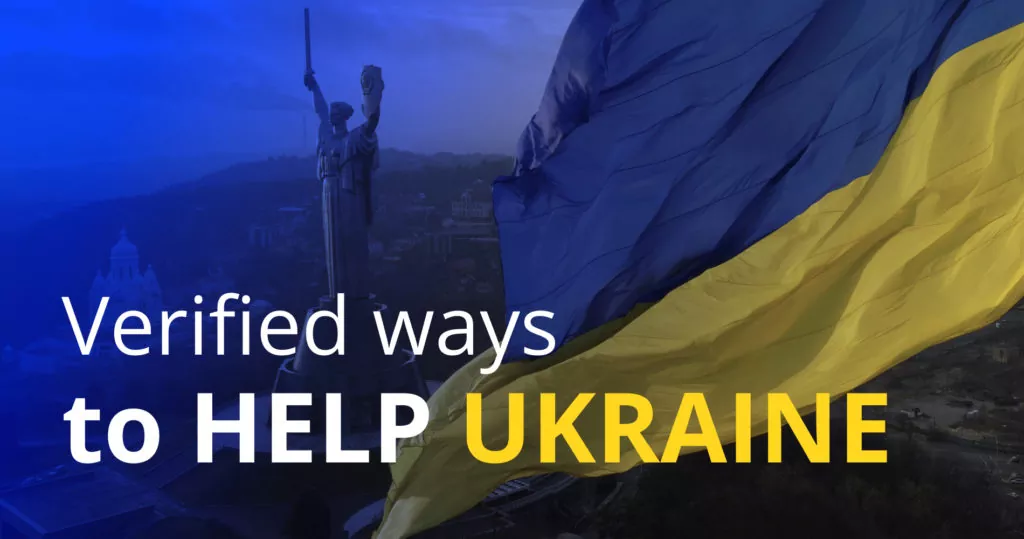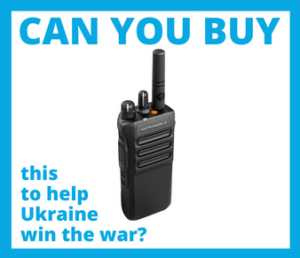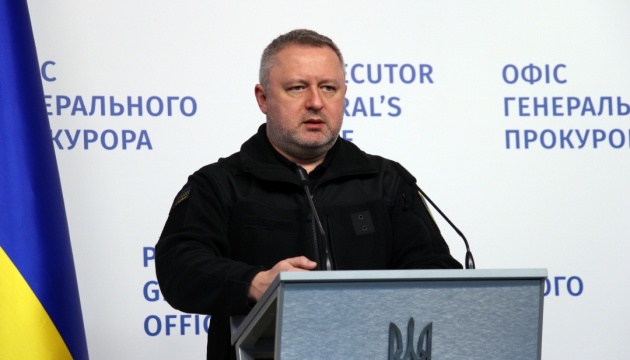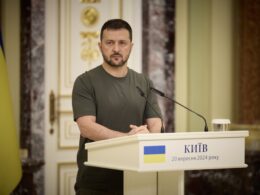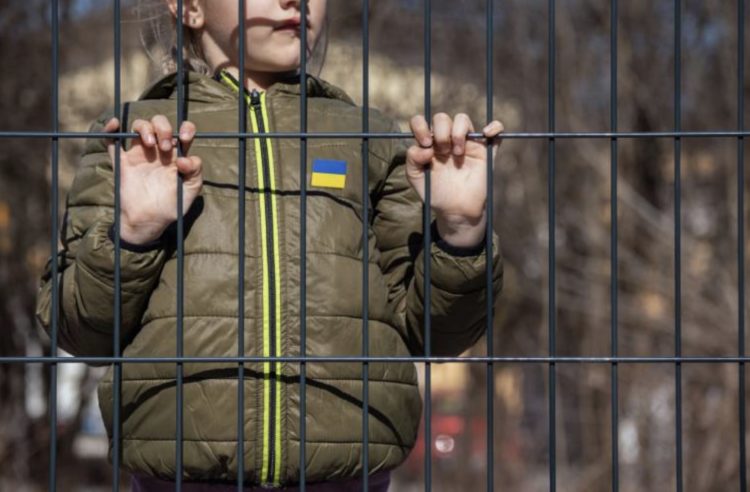Russia planned to use a space rocket loaded with explosives to strike Kyiv or another major Ukrainian city, according to BILD.
According to secret phone tapes from Vladimir Putin’s close circle that BILD claimed to have access to, Russian top officials discussed the possibility of converting a Soyuz space rocket into “a mega-weapon against Ukraine.” The plan allegedly involved Russian “space elite,” Bild reported.
According to BILD, a group of high-ranking Russian officials and scientists is planning “a mega-terrorist attack on Ukraine to make an impression on dictator Putin.” The plan is to modify a Soyuz launch vehicle, a civilian rocket, so that it does not reach orbit after launch but crashes into a major city in Ukraine with vast quantities of explosives on board. The Ukrainian capital might be one of the priority targets for such a strike, according to BILD.
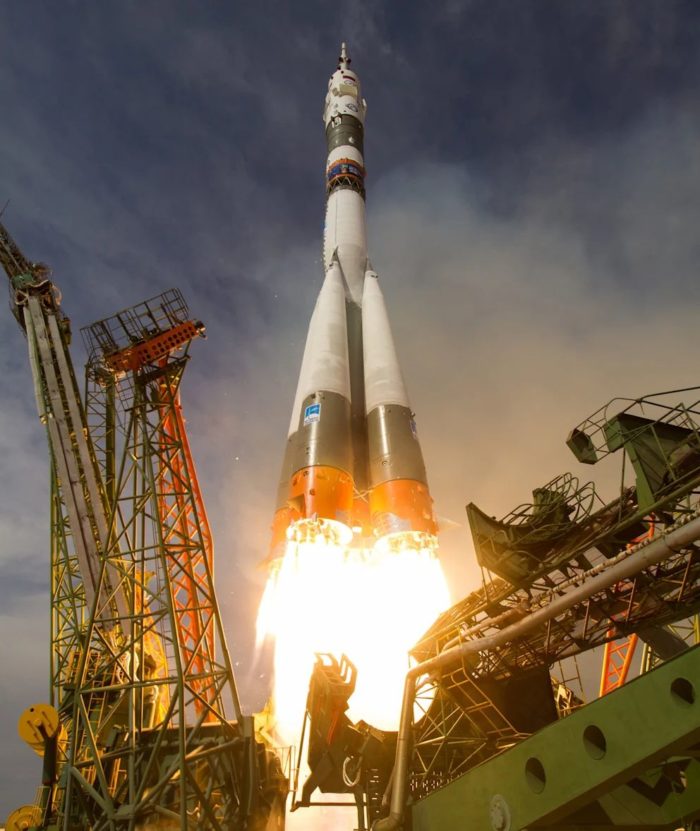
Credit: BILD.
BILD has exclusive access to more than seven minutes of conversation recordings between the former head of the Russian space agency Roskosmos, Dmitry Rogozin, and the current head of the Roskosmos subsidiary Progress Space Rocket Center, Dmitry Baranov.
A Russian state-run Progress Space Rocket Center manufactures launch vehicles for manned spacecraft and foreign payloads and transporting spacecraft to the International Space Station.
The secret phone tapes between top Russian officials and scientists prove that the discussion of the plan began in early January 2023. Dmitry Rogozin and Dmitry Baranov discussed launching a Soyuz space rocket loaded with explosives from Russia’s Plesetsk spaceport near Arkhangelsk (northwestern Russia) instead of launching the rocket from the Vostochny cosmodrome on the border with China. Such an approach would allow more explosives to be transported on board the rocket.
“From the east, it would be 7.5 tons. From the north, it would be 10 tons of explosives on board. Now, you can subtract one ton for safety, so it is 6.5 and 9 tons,” Dmitry Baranov explained to Dmitry Rogozin in a wiretapped phone call, according to BILD.
In the same conversation with Rozozin, Baranove explained that the 50-meter-long rocket could be steered “in any direction” Rogozin wanted. However, Baranov explained that dealing with a technical problem related to high temperatures in the atmosphere would be hard.
According to Baranov, not a single Russian bomb to be fired aboard a space rocket toward Ukraine would withstand the temperatures on re-entry into the atmosphere.
“This is a supersonic re-entry into the atmosphere, and the existing heavy FAB-500 aerial bombs do not work. They start overheating, which will destroy their TNT. Our guided bombs are not designed for that either, and they have no protection against overheating. On the re-entry to the atmosphere, a Soyuz rocket has a speed of six kilometers per second,” Baranov explained to Rogozin in a phone call.
Rogozin promised Baranov to find a solution to the problem quickly and seek advice from Yuri Solomonov, a general designer of ground-based missile systems at the Moscow State Institute of Thermal Engineering. Yuri Solomonov was the head of the development team for the Topol-M interballistic missile in the 1990s.
Rogozin and Baranov also discussed another problem related to the launch of the Soyuz space rocket packed with explosives. Rogozin asked Baranov about the possibility that parts of the rocket could crash into Russian territory on its way to Ukraine. Rogozin wanted to know how big the crash zones could be to evaluate the risks.
Among the other risks Rogozin discussed with Baranov was the inaccuracy of the missile strike. Rogozin worried that the Russian Soyuz carrier rocket turned into a mega-bomb would hit Ukraine “somewhere within 50 to 100 kilometers.” Rogozin asked Baranov to make further calculations to specify the impact location within Ukraine.
British intel: Russia plans to increase military spending by 68% in 2024
In another phone conversation, Baranov told Rogozin that the standard preparation for a strike with a Soyuz space rocket would take six to nine months.
A few days later, the missile engineer Yuri Solomonov was contacted by Rogozin and told him that he had found a solution to the heat problem of the planned Ukraine missile attack. Rogozin told Solomonov that his plan would be presented to Putin. But instead of calling Putin by his name, Rogozin referred to the Russian president as a “chief,” a “supreme,” or the “great and terrible” (in reference to the former Russian rulers Peter I and Ivan the Terrible).
According to BILD information, on 16 January 2023, Vladimir Putin was informed about the plans of his rocket scientists and agency heads to fire a converted Soyuz space rocket at a major Ukrainian city. It is unknown how Putin reacted to the plan and whether he gave the order to implement it.
Related:
- Air Force: Ukraine downs all six Russian drones during nighttime attack
- Mandatory evacuation for children announced in 23 settlements of Kherson Oblast


